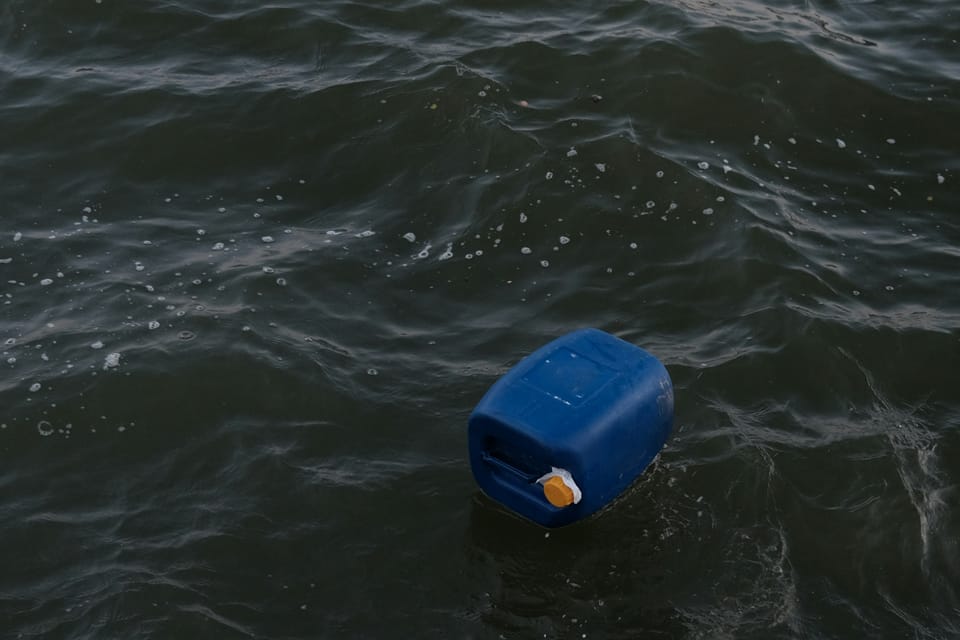New water quality guidance launched as data shows gaps in corporate water stewardship

The World Resources Institute (WRI) has launched new guidance to help companies measure their impact on water quality as well as quantity – just as CDP data reveals significant gaps in corporate water stewardship strategies.
WRI’s Water Quality Benefit Accounting guidebook builds on its existing Volumetric Water Benefit Accounting guidance (which was also updated this month), to provide companies with a clearly defined six-step approach for identifying water stewardship activities and quantifying, tracking and communicating their volumetric or water quality benefits.
Sara Walker, Director of Corporate Water Engagement at WRI, explains that the two guidebooks come in response to demand from companies, who have been moving from water efficiency targets to addressing risks within entire basins – and as a result are struggling with increased complexity.
“There are lots of other actors impacting water and depending upon water, and so they need to be focused more on the catchment scale. Over the years, we've seen a need for enhanced guidance to help companies begin to identify what is a viable on the ground project to invest in, how they can make credible claims based on their investments if other parties are involved and also contributing, and how to attribute the benefits among all participants,” she tells CSO Futures.
Understanding water volume and quantity benefits of stewardship projects
The WRI guidance helps companies understand the local catchment context, identify and evaluate potential project activities and partners, quantify the water benefits of project activities, plan and agree on water benefit distribution, implement project and track progress, and confirm impacts and prepare for water benefit communications.
Practitioners may use both the volumetric benefit water accounting and water quality benefit accounting guidebooks or just one, depending on the kinds of water stewardship projects they implement. “Some activities (such as leak repair) will only generate volumetric benefits; others (such as nutrient management) will only generate water quality benefits; still others (like planting cover crops) have the potential to generate both volumetric and water quality benefits,” WRI notes.
CDP: Just 5% of companies put a price on water
The new guidance comes as CDP highlights the gaps in corporate water stewardship schemes, with only 5% of companies that report through the platform putting a financial value on their water risks.
Companies themselves are reporting US$339 billion in potential financial impacts linked to water-related risks, and according to Aqueduct data, 31% of global GDP will be exposed to high water stress by 2050.
But while water disclosures doubled in 2024 and 21% of firms now engage their suppliers on water issues, they are still undervaluing water in internal pricing models.
“The gap between the cost of water and its true value to business does not match the expectations for growth. Carbon pricing has already helped companies understand risks and opportunities; now we need the same clarity for water,” said Sherry Madera, CEO of CDP. “By harnessing Earth-positive data, businesses can unlock insights that build competitive advantage, strengthen resilience, and get ahead of emerging challenges. This is not just about risk management. It is about creating value that benefits companies, society, and the planet.”
According to CDP, water-related risks could be mitigated with US$58.7 billion in expenditures, a six-to-one return on investment.
Investors concerned about companies not factoring in climate and water risks
Asked why companies are doing so much more on climate than on water, despite accelerating risks, Walker says: “Greenhouse gas emissions are the same wherever you emit them around the world, whereas water tends to be more local. A project that I do here in my backyard is not going to have any impact on people in other regions. So it's much more complicated for that reason, and hasn't had that same kind of hammer that we've seen in the climate space, but I think it's starting to change.
“Investors are recognising that water is the most significant environmental risk for many sectors and many types of companies – not climate, not deforestation. We were talking to an investor yesterday who wants our help to talk to a company who's growing exponentially and acquiring assets in many different geographies, and they're not considering future climate risks, and the investor is very concerned about their business model if they're not factoring that in. So we're starting to see more pressure and more attention to water, which is encouraging.”







Member discussion